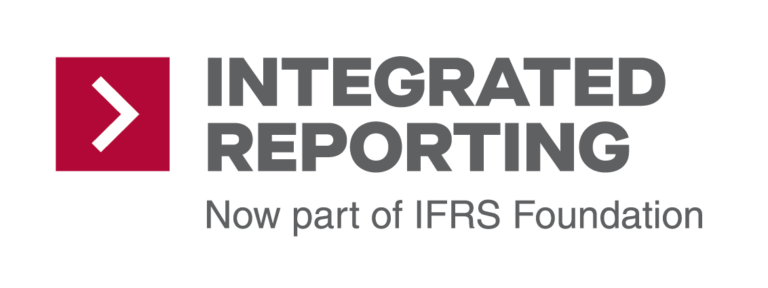In describing its business model, Redefine Properties clearly articulates, through a graph, which are the inputs it relies on also in terms of ‘availability, quality and affordability of capitals’ (paragraph 2.23 of the International <IR> Framework), business activities, outputs and outcomes. Outcomes are illustrated via quantitative and comparable information (against previous year), outlining if value…
Archives
-
Business model
As aligned with the principle of connectivity amongst the capitals (para. 3.8 of the International <IR> Framework), according to which integrated reports should show a holistic picture of the combination, interrelatedness and dependencies between the capitals, Anglo Platinum’s 2019 Integrated Report effectively uses a table to illustrate how the capitals interact. In the table, reference…
-
Business model
Wipro’s Annual Report for FY2019-20 explains the company’s performance for the year in detail in the ‘Management & Board Reports’ chapter. The chapter is divided into five sections, with each section dedicated to explaining Wipro’s performance relating to one of the five capital inputs and outputs identified in Wipro’s explanation of the business model, demonstrating…
-
Performance
SASOL provides an honest and informative overview regarding the capitals, where it details the instances where value has diminished through its activities, and reveals how it considers trade-offs between capitals when making decisions on how to manage the business (in line with paragraph 4.31 of the IR Framework). For each of the capitals, SASOL outlines…
-
Business model
Nedbank’s business model is oriented around the capitals for both inputs and outputs, and clearly articulates the value it creates. Nedbank communicates its outcomes in a balanced way, in line with paragraph 3.44 of the IR Framework, using statistics to evidence the positive and negative outcomes for each capital group. The business model also highlights…
-
Performance
In its integrated report Larsen and Toubro describes the trade-offs between the capitals (para. 4.56 of the International <IR> Framework). In a matrix, the contribution of each capital to the implementation of the key organizational strategies is indicated in terms of ‘positive’, ‘negative’, or ‘neutral’ impact. Then, for each strategy, ‘remarks on trade-offs’ are concisely…
-
Business model
Kumba Iron Ore highlights the interdependencies of its capitals, as part of its business model. For each of its six capitals, it highlights the necessary inputs, outlines the challenges in securing the inputs, evidences the actions it has taken, and evaluates whether the ensuing outcomes were positive, neutral or negative. Kumba Iron Ore uses page…
-
Risks and opportunities
York Timbers’ risk discussion presents information in a concise and balanced manner (Sections 3E and 3F of the International <IR> Framework) by showcasing both positive and negative aspects of principal risks using succinct bullet point format. After initially presenting risks in a risk heat matrix, the risk dashboard takes readers through a number of additional…
-
Business model
Key content elements of the York Timber’s Integrated Report is clearly structured around the six capitals (Section 2C of the International <IR> Framework). The business model diagram succinctly sets out key inputs for each capital the organisation leverages to carry out its business operations and the outcomes, followed by an overview of trade-offs between capitals…
-
Business model
In describing how the organisation creates value through the use of the six capitals, MTN concisely illustrates in its business model the key inputs for each capital, the business activities that underpin its vision, purpose and strategy, the outputs and the outcomes achieved. Then, in a table, the key capital inputs and outcomes for each…
